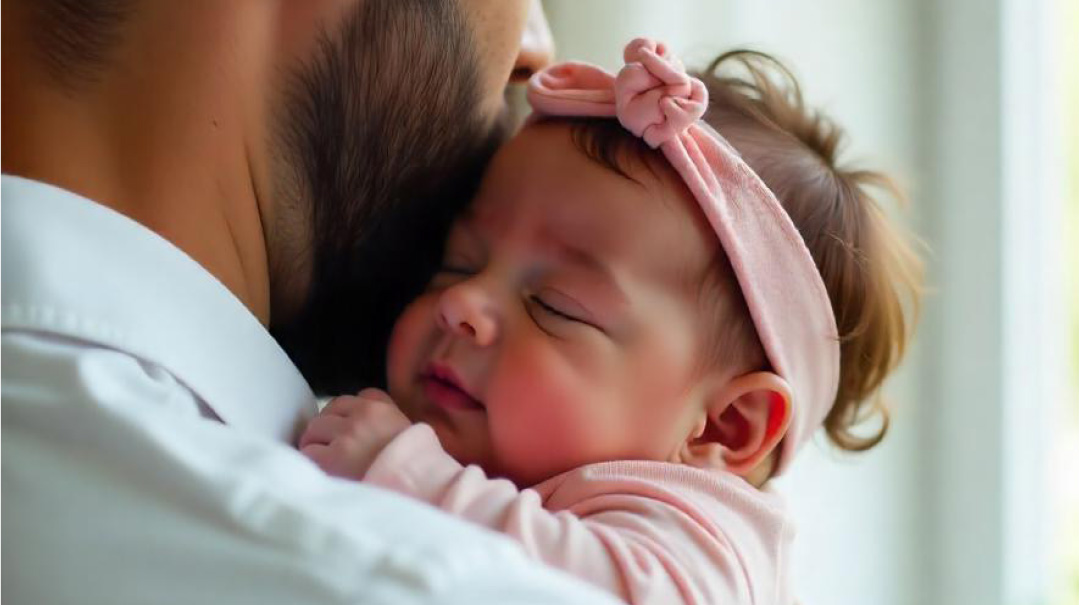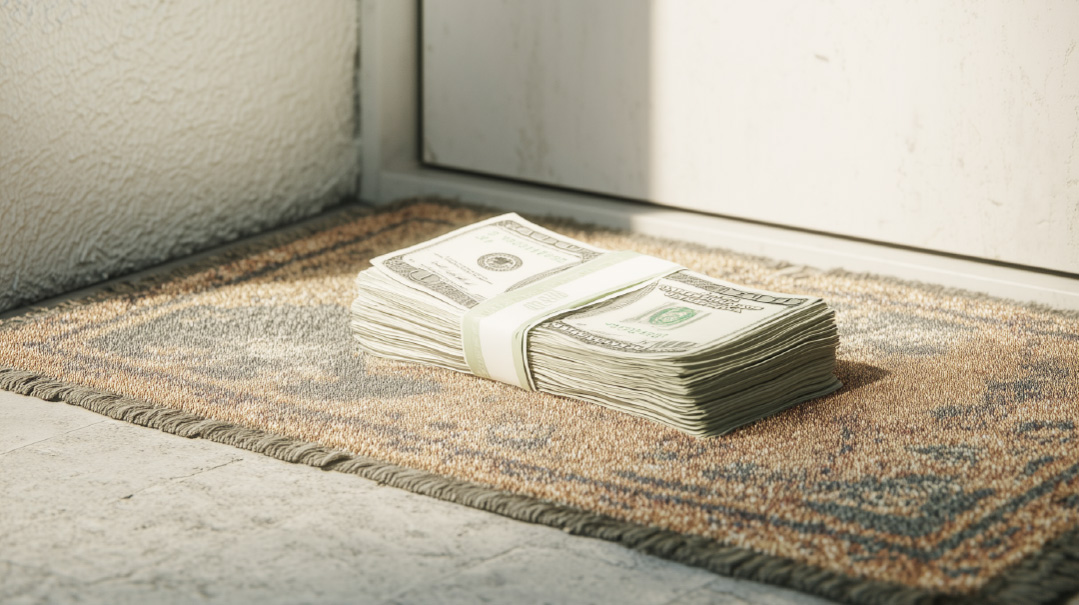The Best Segulah
| October 13, 2024“Can I ask you something?” he asked uncomfortably. “Do you have kids?”

The Background
A fine Jew shared this story with me recently.
The Best Segulah
S
ome people have big families easily. For those of us who don’t, the arrival of every child is a cause for major celebration — because it’s not so assured that it will happen again. That’s how it was for us.
From the start, fertility was a challenge — and although we were eventually blessed with a small family, we reached an impasse. We did follow medical instructions to the letter, but at a certain point, the doctor let us know that our chances of having more kids were less than one percent.
We weren’t ready to abandon our dream of having more children, so we paid a visit to one of the organizations you hear so much about. We met with their medical staff and spent a lot of money, but nothing we did — not the endless stream of 5 a.m. trips to doctors or tons of shots — made any difference.
Two years ago, my wife had an idea.
“I think you should purchase the Kol Hane’arim aliyah,” she said. “Over the years we’ve heard about people who had success with this segulah — why not us?”
Simchas Torah found me in shul determined to meet my goal. I did face a potential obstacle: Kol Hane’arim goes for serious money in our shul, way more than I felt comfortable spending.
“If I join with a couple of guys to buy Kol Hane’arim in a group and give it to someone else, will the segulah work?” I asked the rav.
“Good question,” he said. “Let me show you something.”
He took out a Chasam Sofer (which was nice, because I happen to be a descendant) and showed me that a person needs to purchase the aliyah himself if he wants the segulah to work.
As soon as the gabbai opened the auction for Kol Hane’arim, I jumped in. We quickly soared past $3,000 and were soon way up to $6,000.
“Six thousand five hundred,” I called out, hoping the other bidders would bow out.
They didn’t.
When it cleared $10,000, I stopped bidding.
When I got home after davening, my wife asked hopefully, “Did you buy it?”
I hated to disappoint her. I told her it had sold for more than $10,000.
“There’s always next year,” I said, and I meant it.
Last Simchas Torah, I was determined to buy Kol Hane’arim, but I wanted to avoid a bidding war. I decided to buy it in a shul where prices were sane, and you didn’t have to take out a mortgage to purchase kibbudim. The place I was thinking of was a small shul where things moved fast, attended mainly by older people who didn’t have young kids at home and weren’t really in the Kol Hane’arim parshah.
That morning, Shacharis proceeded briskly. When the bidding for aliyos began, nobody seemed very interested, with the first few going for $50 or $100 each. Chassan Bereishis went for a grand total of $150.
This will be a breeze, I thought.
But when we got to Kol Hane’arim, I suddenly found myself in a heavy bidding war with a guy who appeared out of nowhere. We got up to $500, then $1,000. I couldn’t believe it. When we were on the verge of going over $3,000, my bidding rival came to my seat.
“Can I ask you something?” he asked uncomfortably. “Do you have kids?”
“Yes.”
“I don’t. Yet. Can you please let me buy Kol Hane’arim?”
What could I say? I had to let him take it. So I did.
I left shul dejected; I knew my wife wouldn’t be happy this had happened for the second year in a row. However, we barely discussed it because of what was going on following the first day of Yom Tov in Eretz Yisrael: October 7.
“I hope the small thing I did here in America will be a zechus for the people suffering right now,” I told my wife.
This summer, we were blessed with a beautiful baby girl.
I wonder if being mevater on a segulah is way more effective than the actual segulah, if you know what I mean — even when chances are less than one percent.
(Originally featured in Mishpacha, Issue 1033)
Oops! We could not locate your form.






